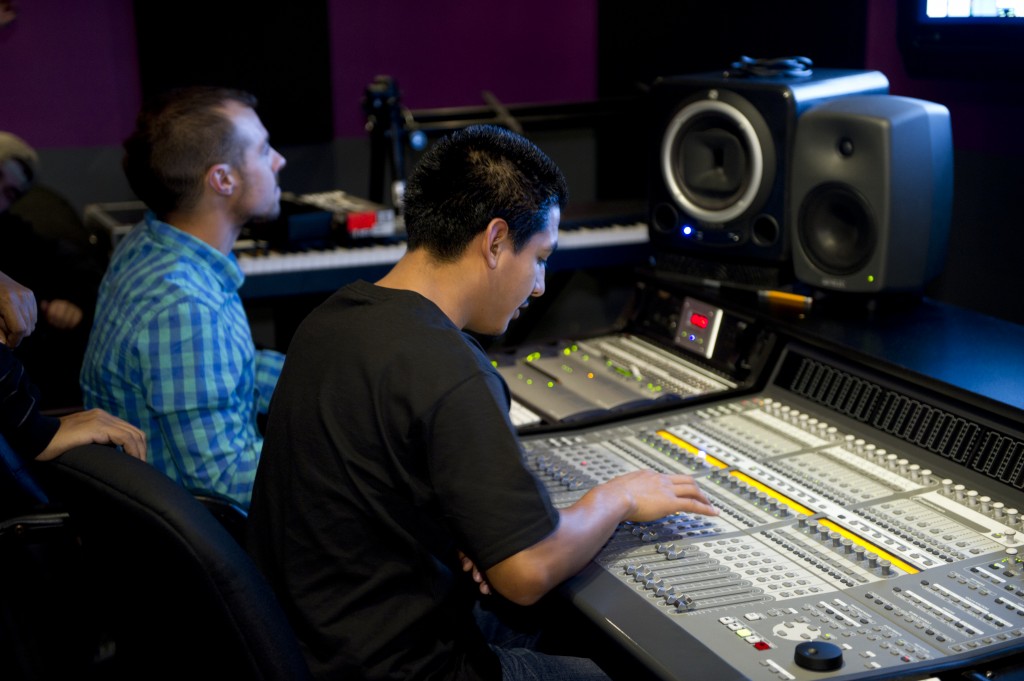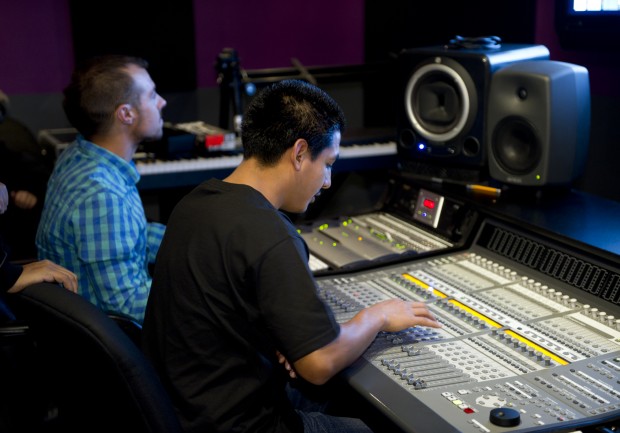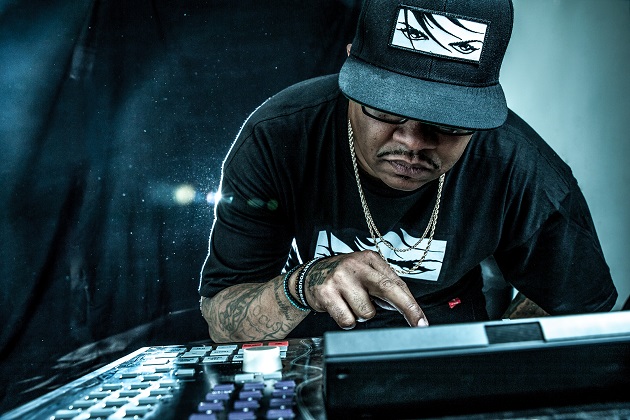 When you listen to a song that you haven’t heard before, what is it that draws your attention? Is it the beat that gets you moving? Is it the lyrics tugging at your heart strings? Is it the arrangement and interplay of the instruments? A great song has a bit of all of these elements, but what can set a song apart from the rest often involves the hidden science and art of the audio engineer helping to put those pieces together.
When you listen to a song that you haven’t heard before, what is it that draws your attention? Is it the beat that gets you moving? Is it the lyrics tugging at your heart strings? Is it the arrangement and interplay of the instruments? A great song has a bit of all of these elements, but what can set a song apart from the rest often involves the hidden science and art of the audio engineer helping to put those pieces together.Engineering
Some people hear “engineering” as a dirty word when it comes to music; they start to think about the dreaded auto-tune and how someone has manipulated the recordings to make flawed artists sound like premiere musicians. Sadly, this has become more commonplace with the more famous artists as they want to have that absolute perfection to the recording. But what about the up-and-comers? They can’t all afford the studio time or the necessary equipment to put out that top notch production. This has created an interesting gap between the self-produced albums and the label productions. Is one production better than the other? Sure, you can hear a better fidelity with a label production but that doesn’t take anything away from the quality of the self-produced albums. The key thing to look for when listening to the production of an album is balance. Having that discerning ear to notice where instruments are placed in space, to notice if they all sound like they are playing in the same room, to be able to close your eyes and actually picture it, as if you are sitting in front of this group watching them perform.
The idea behind a modern recording studio is to record the sounds as closely as possible so as to not hear any of the environment around them. During the production and mixing of the album, the engineer will help to create the room that those sounds should be placed in. The engineer creates that width so we hear something from the far left to the distant right.





